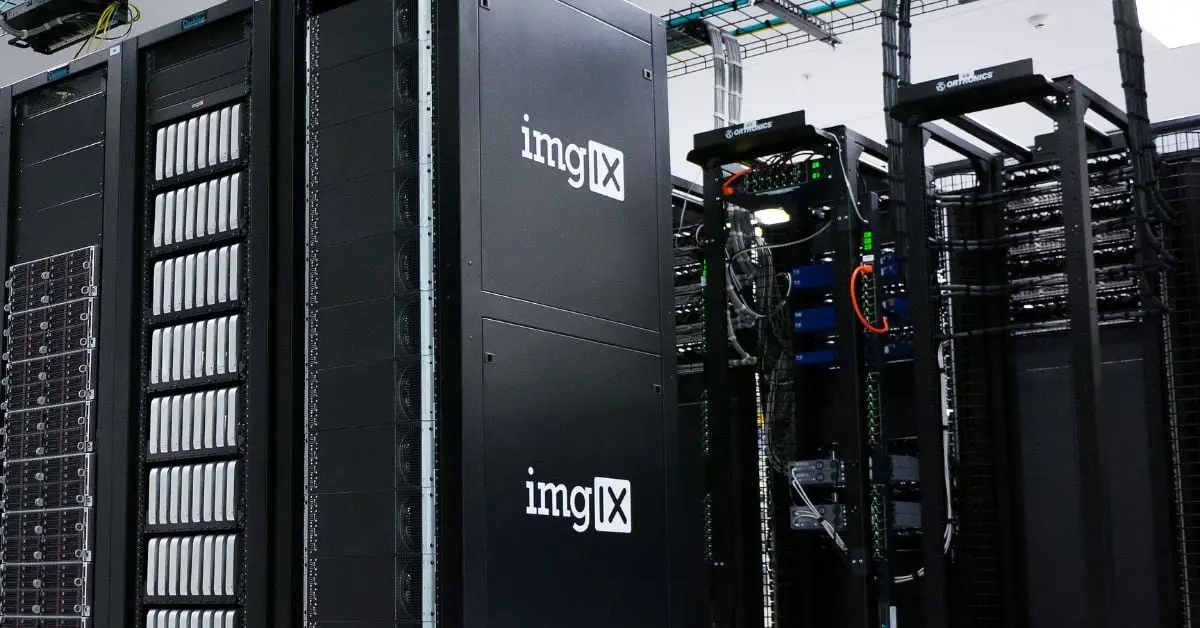Every minute your systems are down, money walks out the door. It’s not a hypothetical threat—it’s happening right now to businesses across Houston. Recent research from BigPanda reveals that...
To address misconceptions about the frequency and cost of data center downtime, we’ve studied and now explained the common causes, potential costs, and solutions. After all, the reliance on...


